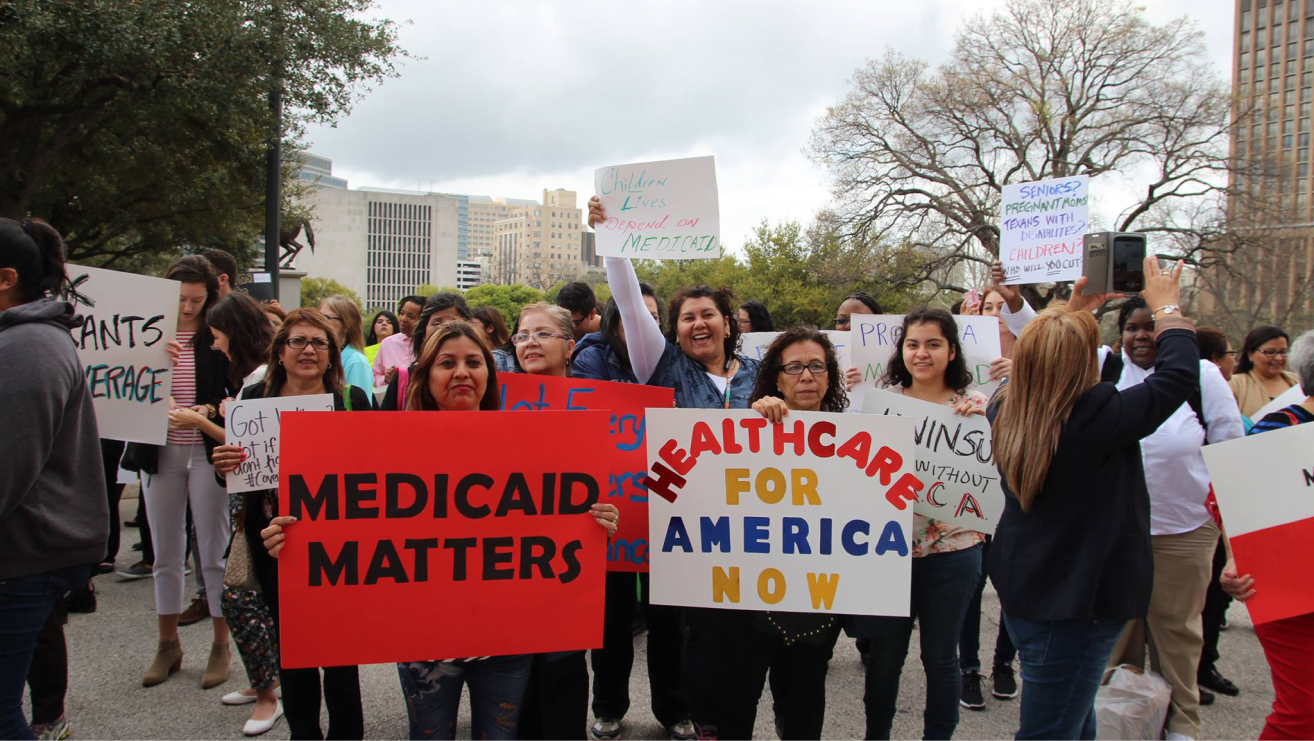So Much PRIDE: Marriage Equality and the Affordable Care Act
We’re still celebrating the Supreme Court’s decisions regarding health care and marriage equality from last week. But, we’ve also now taken time to evaluate just what these decisions mean—together. In other words, how do the Affordable Care Act and marriage equality interact to shape whether LGBT consumers have access to equitable, affordable, and comprehensive health insurance and health care?
Kaiser Health News predicts that the marriage equality ruling will likely result in more consumers accessing employer-sponsored coverage because they will now be able to rely on their partners’ coverage. In addition to workers gaining coverage from their employers, the answer also lies in special enrollment periods and Medicaid coverage.
- Special Enrollment Periods (SEP): After the end of open enrollment, particular qualifying life events enable consumers to enroll in Marketplace coverage—in State Based and Federally-facilitated Marketplaces. One of these qualifying life events is marriage. However, prior to the marriage equality ruling, this left some consumers out of the running. The Federally-facilitated Marketplace could only recognize a same-sex marriage as a SEP so long as the marriage occurred in a state where it was legal. If a couple couldn’t travel to a marriage equality state to get married (place of celebration), and their home state (place of domicile) didn’t allow same sex marriage, they were out of luck, and forced to apply for Marketplace coverage as individuals during the open enrollment period.
Now, with marriage equality standing as the law of the land, it seems plausible that we’ll see an increase in marriages between same-sex couples, many likely occurring outside of the open enrollment period. So now, regardless of where a same-sex couple resides, their marriage will qualify them for a SEP if it happens outside the open enrollment period. LGBT and consumer health advocates in Georgia have already launched a new “Say ‘I Do’ to Healthcare” campaign to encourage same-sex couples who get married this summer—or any other time outside of the November 1, 2015 to January 31, 2016 open enrollment period—to apply for coverage through a SEP.
- Medicaid: While the federal Marketplace previously recognized married same-sex couples as eligible for tax credits and Marketplace coverage, the same is not true for Medicaid. Because Medicaid is a shared state and federal program, it was left up to each state to determine if same-sex married couples were eligible to apply for Medicaid coverage together. Not surprisingly, those states that didn’t have marriage equality weren’t likely to allow same-sex couples married in other states to apply for Medicaid together in their home state. However, the Supreme Court’s ruling changes this; same-sex couples in all 50 states should now also be able to apply for Medicaid together.
This doesn’t, however, mean that the fight to close the coverage gap is over. We know that LGBT people, and especially LGBT people of color, are disproportionally lower income. In fact, more than 60 percent of LGBT people with incomes under $47,080 (400 percent of the federal poverty level) would qualify for Medicaid expansion. LGBT people across the country need all state governments to expand their Medicaid programs.
However, sweeping discrimination still exists for many lesbian, gay, bisexual and especially transgender people—in many states, for example, same-sex couples can now get married but can also still be legally fired for their sexual orientation. One way we can begin to counter disparities and discrimination in areas such as health care access, housing, and the workplace is by collecting data on the experiences of LGBT people.
Community Catalyst and the Center for American Progress teamed up to create a compilation of data collection opportunities that advocates can use around the country. For example, advocates can encourage states to begin to include sexual orientation and gender identity questions on their Marketplace applications. Many states also conduct population surveys that should collect LGBT data—for example, the Behavioral Risk Factor Surveillance System (BRFSS) now has a question set on sexual orientation and gender identity that states can choose to use, and in 2014 alone more than 15 states added this question set to their BRFSS questionnaire.
While we continue to celebrate the Supreme Court’s decisions from last week, we know there’s much more work to be done.
